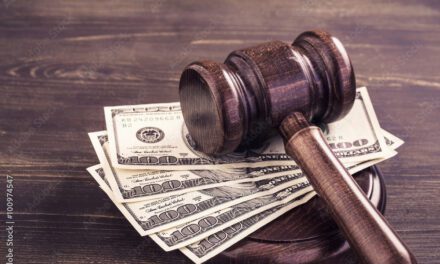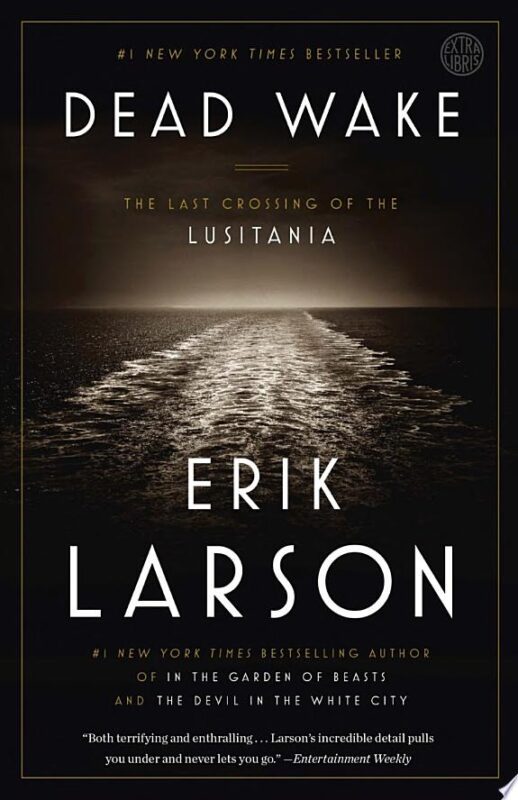TEXAS LEGAL MALPRACTICE: CONVICTED CRIMINAL SUIT AGAINST DEFENSE LAWYER
Gray v. Skelton, 18-0386 (Tex. Sp. Ct., February 21, 2020)
Michael Sean Quinn, Ph.D., J.D.
Attorney, Mediator
Austin, Texas
This case and its predecessor cases are more or less 22 years old and maybe a bit older, if you count the time leading up to the first court decision. This is a very unusual case changing an important aspect of criminal procedure when it comes to legal malpractice. The exact situations in which such cases as this one arise are rare but significant nonetheless; after all, they have constitutional dimensions. The Texas Supreme Court’s decision was 6-3, and there was a dissenting opinion
Convicted criminals are not permitted to sue their lawyers (“Ls”) for legal malpractice, under Texas law. After all, say the courts, they have been pronounced criminal by the judicial agency of the government and so are exactly that.
There is an exception to the general rule. If the person who has been pronounced guilty is exonerated in a direct appeal, s/he may sue the lawyer (“L”) who represented him/her for malpractice under established standards. This rule ass set forth by the Texas Supreme Court in Peeler v. Hughes and Luce, 909 S.W.2d 494 (Tex. 1995). The “Peeler Rule,” as it is sometimes called, seems to require not only that charges against the client be vacated but also that the client-accused be found innocent.
The court’s reasoning, in that case, was that the client’s criminal conduct, not the lawyer, that caused the client’s loss, not the lawyer’s malpractice, and we don’t want criminals to get the benefit of their own criminal misdeeds. As it stands, I think this is an unacceptable rule, but my opinion does not matter, because that is indeed the excepted rule, and it has been the rule in Texas for a fairly long time, some 25 years. I will return to this topic.
In this case, a will was lost, meaning, the pieces of paper upon which there was a will were nearly destroyed by a flood. A will may not be probated without signatures. So L cut and pasted the needed signature off another document and filed it in the probate court without disclosure. She got caught. She was charged with filing a counterfeit will after her criminal conduct was revealed by her legal assistant. Skelton (“L”) was convicted of forgery, and her conviction was upheld on appeal.
Meanwhile, some of the decedent’s relatives filed a civil action–a will contest in the probate court. The jury found that the decedent wrote a will and that what Skelton has filed was that will. It further found that Skelton had not intended to defraud anyone.
Skelton filed an application for a writ of habeas corpus She raised the question as to whether she had received ineffective assistance of counsel. The District Court denied this plea and refused the issue the writ, but the court of appeals reversed and granted Skelton the relief she sought–a writ of habeas corpus. It did not consider whether she was innocent of forgery. It simply agreed with her that the assistance of her counsel was deficient legal representation under the standards set forth, in Strickland v. Washington 466 U.S. 668 (1984), a Supreme Court of the United States case and decision. (The text of the Texas appellate case is Ex Parte Skelton, 434 S.W.3d 709 (Tex. App.– San Antonio 2014, pet ref’d). For the uninitiated: the notation “pet. ref’d” is extremely important, since it says that the Texas Supreme Court refused to review a petition asking that the opinion and judgment of the San Antonio Court of Appeals be reversed.
On the basis of its opinion and the action of the Texas Supreme Court, the court of appeals vacated Skelton’s conviction. The prosecutors (“the State”) dismissed the case.
A year, or so, later Skelton sued L for malpractice. He defended on the ground that she was not “exonerated” as to her conviction and on the additional ground that her suit was outside the statute of limitations. L moved to dismiss Skelton’s claim for malpractice and the trial court granted L’s motion to dismiss. The court of appeals, however, reversed, and the Supreme Court granted L’s petition for review. The question before the Supreme Court is whether the Peeler Rule as to exoneration constitutes a bar to a client’s malpractice action against the client’s criminal defense lawyer.
The word “bar” is extremely important here since it tells the reader what this case is really about. The word “bar” in this context roughly means, “X cannot be done.” Someone is barred from entering a building, which means that s/he cannot enter or that s/he is forbidden to enter.
Much of the majority opinion (the opinion of the court) is a discussion as to how this case–the case under discussion–is distinguishable from Peeler and how Peeler’s conceptualization of exoneration is inadequate.
Where the majority ends up is here: Conviction is not a bar to a malpractice action if the conviction has been vacated and there is proof provided in the malpractice case as to the convict’s innocence. It is not required that the proof come in the form of a direct appeal. It is not required that the convict must be “declared actually innocent before she [or he] may initiate her [his][malpractice] claim. [Emphasis added.] In effect, the plaintiff in the malpractice case must prove his/her/its own innocence in order to win the malpractice case.
Thus, in addition to the conviction being vacated, the convicted individuals “must obtain a finding of their innocence as a predicate to the submission of their legal malpractice claim[s]. Submission of the traditional elements of legal malpractice to the factfinder should thus be conditioned on an affirmative finding that the malpractice plaintiffs are innocent of the crime of which they were formerly convicted. The burden of proof for this predicate finding is the same as in any civil malpractice case: preponderance of the evidence. By requiring this proof, we do not deviate from Peeler’s proximate-cause rationale [requirement] because a negative answer to the threshold question negates causation.”
The plaintiff in the malpractice case must prove by a preponderance of the evidence that I was and therefore am innocent.
The Court makes this part of the proximate-causation element. An individual who was convicted must prove that the defense lawyer proximately caused the loss. But that cannot be true unless the client was innocent, says the court. Of course, proof of plaintiff innocence is not sufficient to prove lawyer malpractice. It is only necessary.
So far as the statute of limitations is concerned in many litigation-based malpractice cases, the statute of limitations is tolled until the whole case is over, e.g., “all appeals on the underlying claim are exhausted.” In a situation like this one, that tolling applies not only to the criminal case and its appeal but also to the writ of habeas corpus proceeding. One might think that the underlying rule regarding tolling has been revised and expanded in an odd but rare way.
The Court’s Opinion was delivered by Justice Devine. He was joined by Justices Hecht, Guzman, Lehrmann, Boyd, and Busby.
Now, what is to be said about the dissenting opinion?
The central theme of the dissenting opinion is that the majority opinion does not conform to the rule it sets forth and leaves criminal defense counsel hanging in danger of legal malpractice actions for a very long time, especially since there are an enormous number of attempt to obtain writs of habeas corpus, the vast majority of which fail. Justice Blacklock especially objects to the logic of including the time it takes a prosecutor’s office to make a decision as to renewing the prosecution within the category of “post-conviction proceeding.”
Justice Blacklock’s suggestion is that the Court give up on Peeler and the exoneration rule, although he doesn’t quite say this. What he says is that the Hughes tolling rule should be applied, with convicted individuals able to continue challenging their convictions but file their malpractice cases at the same time. The key to this is a kind of “abatement practice.” As Justice Blacklock points out, litigious prisoners can seek writs of habeas corpus over and over again over very long periods of time.
“[A] plaintiff with a pending habeas corpus petition can seek abatement of its timely malpractice action. The court hearing the malpractice case could then decide whether to grant the abatement based on the likelihood the habeas corpus petition will succeed. If the petition has a reasonable chance of success, abatement should be granted and the malpractice claim preserved. If the petition appears groundless, abatement should be denied.”
At this point, Justice Blacklock indicates that mistakes as to abatement will, no doubt, occur. He observes, however, that the same is true for all statutes of limitations. He seems to find that especially unfortunate for Skelton, who he describes as having gotten a “raw deal.” At the same time, he observes that saving one unjust treatment is not a ground for the court’s altering a statute. Courts can make narrow exceptions to statutes like statutes of limitations, here and there, but they may not rewrite then.
Justice Blacklock was joined by Justices Green and Bland.





Recent Comments